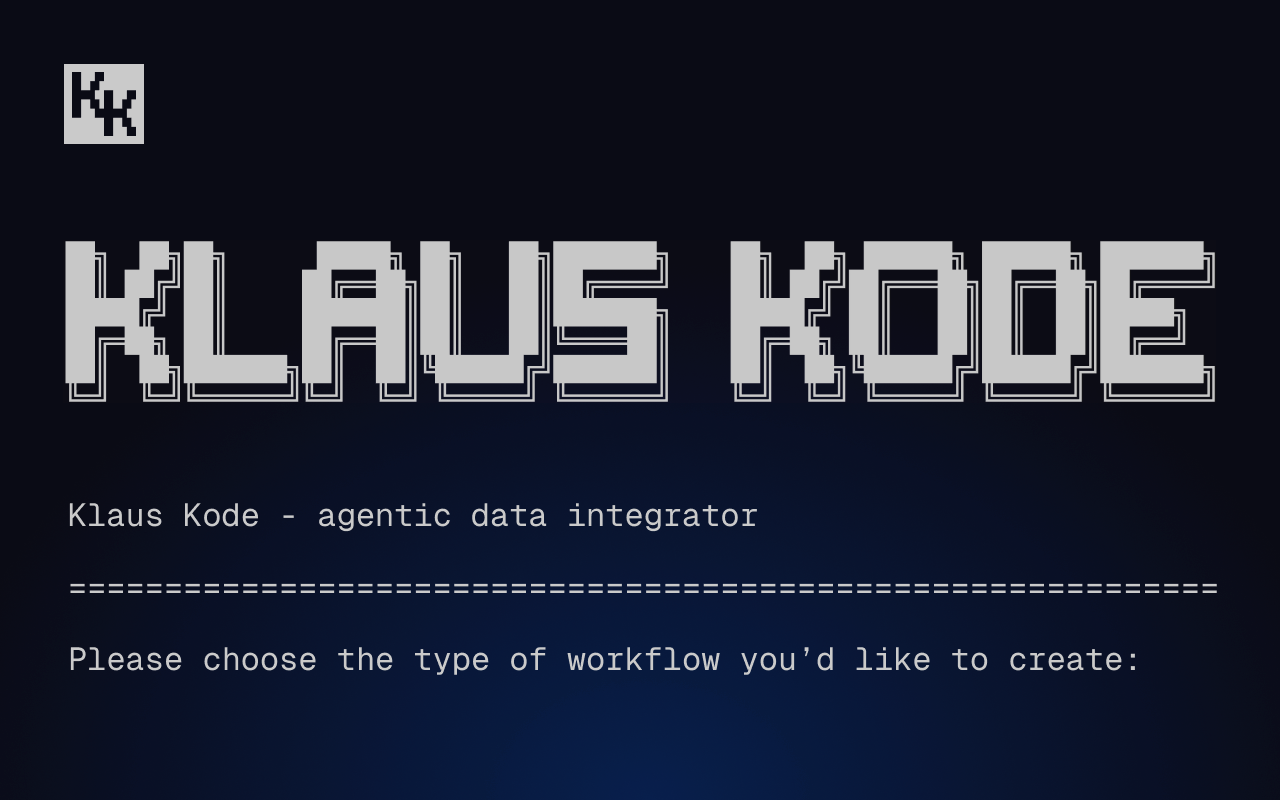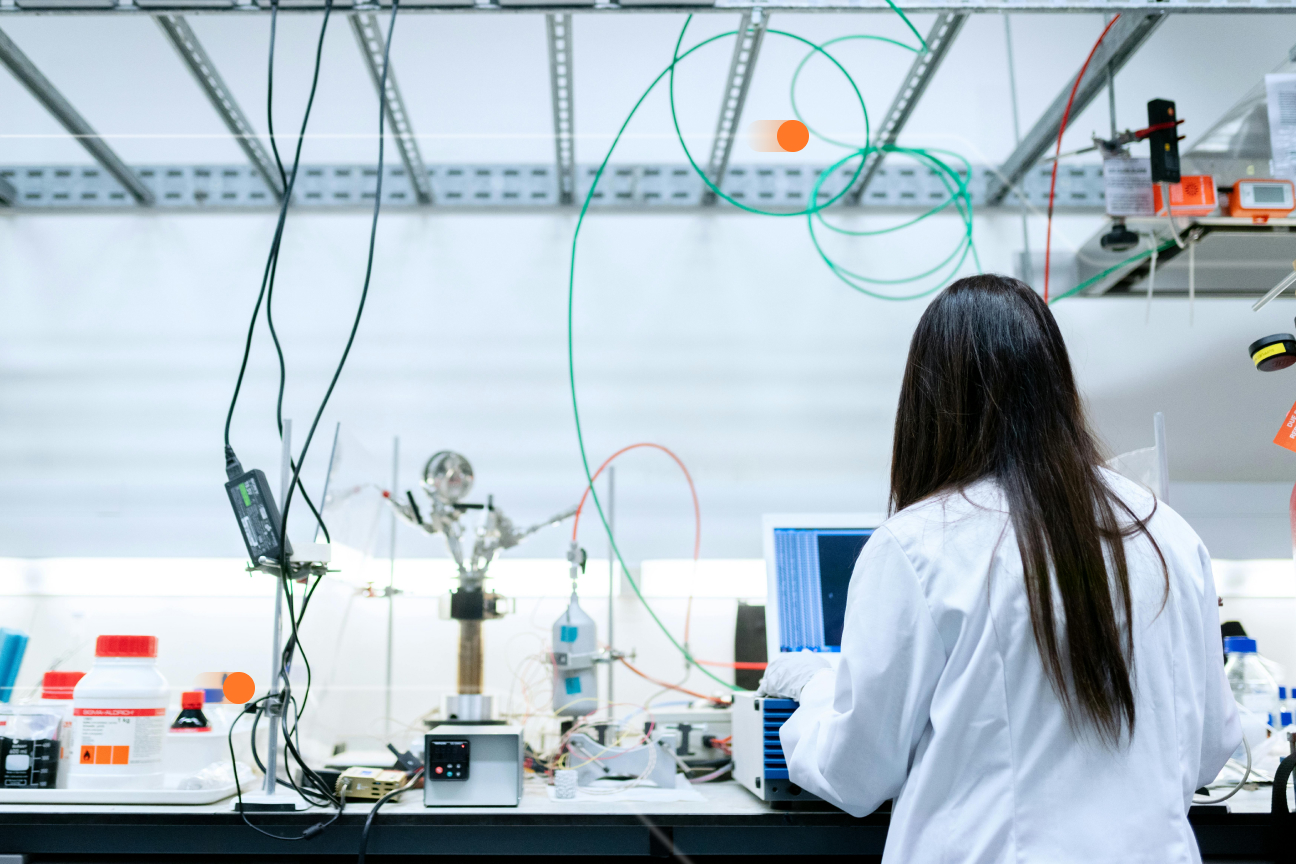Get more from IIoT with streaming data integrations
As the internet of things evolves, so does its application in industrial settings. Find out how to take Industrial IoT from a helpful tool to transformative technology with streaming data integrations.

As the internet of things evolves, so does its application in industrial settings. Known as industrial IoT or IIoT, these applications can range from basic sensors that monitor machinery or gather data to sophisticated systems that transform businesses with machine learning and automation.
Companies typically start with individual IIoT applications that monitor machinery and might trigger an alert or send information to a dashboard. These alerts and insights improve safety and efficiency, reduce downtime, and lower maintenance costs by helping people do their jobs better. At this stage, IIoT is a helpful tool.
As companies add more sensors and devices, they’re laying the foundation for a system of interconnected devices. Integrating these individual IIoT applications is the key to taking IIoT from a helpful tool to transformative technology.
The Internet of Things has become an Internet of Systems
By integrating IIoT applications and the data they collect, companies shift from using technology to help people do a better job to enabling applications to work together to complete complex processes. In its State of the Edge report, Equinox states, “While it’s commonplace to refer to the Internet of Things (IoT), we will actually have an Internet of Systems, where devices serving different vertical applications within different systems need to communicate directly.”
Enabling direct communication between devices and applications unlocks more value from IIoT technology investments. It can further improve efficiency and reduce maintenance costs, provide holistic insights, open up opportunities for automation and new product development, and augment your labor force to compensate for challenges in hiring enough skilled employees.
Let’s look at companies that have transitioned from siloed IIoT applications to integrated IIoT systems.
John Deere evolves from GPS-enabled tractors to autonomous decision-making machines
John Deere is an excellent example of a traditional company that has invested in technology to become a digital leader. In 1999, the 185-year-old company acquired NavCom Technology establishing itself as a leader in GPS-enabled agricultural equipment. Since then, they’ve continued to build on that investment, integrating other IIoT applications with GPS to make farming more efficient and precise. Recent advances include “computer vision,” which “teaches” computers to interpret images captured by cameras and enables autonomous decision-making based on the information. On tractors, cameras can monitor the grain and automatically adjust settings, potentially combining this information with other data collected by equipment in the field. John Deere is also piloting machine vision technology to improve weld integrity and defect detection in their manufacturing facilities.
IIoT sensors lay the groundwork for multiple solutions
Texmark Chemical, a chemical processing and manufacturing company, took a different path to digital transformation. In an industry that’s been slow to change, Texmark set its sights on becoming the “Refinery of the Future” through the rapid adoption of IIoT solutions. Partnering with Deloitte, they rapidly moved from individual IoT sensors on a few critical pumping systems to an integrated IIoT system expected to cut maintenance costs by 50 percent. The end-to-end predictive maintenance solution lays the groundwork for subsequent IIoT use cases such as full lifecycle asset performance management, advanced video analytics, connected workers, digital barrier controls, and safety improvements.
Automating systems requires a shift from passive to active data
Moving from individual IIoT applications that relay information to people to sophisticated systems where machines “talk” to machines requires changes in the designs of data systems.
Data traditionally sits in a database until someone queries it directly or through a dashboard. In this scenario, the data waits for something to act on it. In automated systems, data is active. The query is passively waiting for data to arrive and trigger an action.
We refer to data in motion as streaming data. The ability to process this data as it happens is called stream processing or event stream processing. With stream processing, an event can trigger actions in subsequent software and devices in real-time, opening up opportunities that weren’t possible with a passive database.

While traditional databases are built for passive data, stream processing is built for active data. An event stream can trigger multiple actions, such as continuously updating a table or dashboard, triggering an automatic shut off, rerouting materials, adjusting settings and more.
Stream processing enables companies to integrate data in motion and orchestrate action across IIoT devices
The beauty of stream processing is that it can integrate multiple streams of data and use that data to coordinate action across various devices. This integration and orchestration component is critical to sophisticated applications where machines and software work together. It can also be very complicated to implement and manage.
Fortunately, the Quix platform has you covered with a full stream processing infrastructure built on Kafka. Quix offers the tools and resources teams need to seamlessly connect to data sources, process data in a pipeline, and send it to any destination.

Check out the repo
Our Python client library is open source, and brings DataFrames and the Python ecosystem to stream processing.

Interested in Quix Cloud?
Take a look around and explore the features of our platform.

Interested in Quix Cloud?
Take a look around and explore the features of our platform.

.svg)






